Alright – so today we’ve got the honor of introducing you to Neva Fairfield. We think you’ll enjoy our conversation, we’ve shared it below.
Neva, looking forward to hearing all of your stories today. What sort of legacy are you hoping to build. What do you think people will say about you after you are gone, what do you hope to be remembered for?
The legacy I hope to build is one of impact and transformation, especially in the realm of water safety and drowning prevention. I want to be remembered as someone who fundamentally changed how swim lessons are taught in America—shifting the focus from quick progress and measurable outcomes to emotional security, confidence, and independent movement in the water. My goal is to empower parents to teach their own children to swim, breaking the cycle of generational fear and ensuring that more children grow up feeling safe and capable in the water.
I hope people will say that I made a real difference in my community and beyond—that because of my work, fewer families experienced the tragedy of drowning. I want to be known as someone who combined deep expertise with compassion, who was committed to making water safety accessible to all families, regardless of their background or financial situation.
Beyond swim lessons, I hope to be remembered for my dedication to helping others grow and succeed—whether it was mentoring young swim instructors, guiding lifeguards to become better leaders, or supporting parents as they built confidence in the water with their kids. I want people to remember me as someone who stood up for what mattered, someone who created opportunities for others, and someone who left things better than she found them.
At the heart of it, I want my legacy to be a safer world for children and a community where parents feel empowered and supported. If people say, “She changed the way we think about swimming and water safety,” and “She cared enough to make a difference,” then I’ll know I left the right mark.
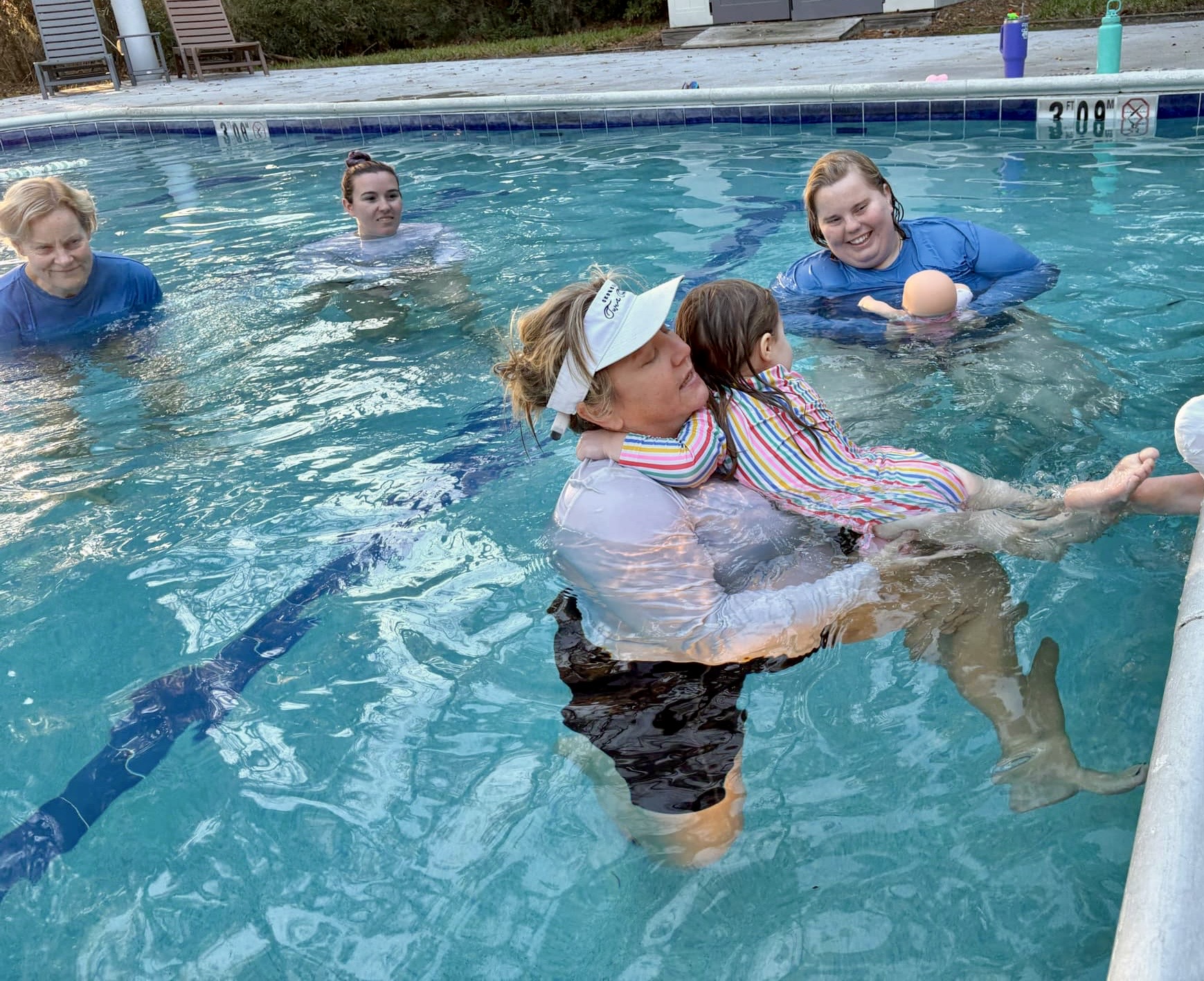

Awesome – so before we get into the rest of our questions, can you briefly introduce yourself to our readers.
You’re absolutely right—those are huge parts of your story and set you apart from others in your field. Let me revise it to include those details and present a more complete picture of the impact you’re making:
⸻
I’m Nicole Fairfield, the founder and owner of Georgia Swim School and Brunswick CPR Lady. I’ve been teaching swimming since I was 17, and water safety has been a lifelong passion for me. Over the years, I’ve trained and certified in swim instruction through the American Red Cross, as well as studied and incorporated teaching methods from the UK and Australia into my programs. My approach to swim instruction is built on the belief that children learn best when they feel emotionally secure and supported, not pressured or forced to meet milestones. That philosophy is at the heart of everything I do.
How I Got Into This Work
My journey into the world of swim instruction started with a love for the water and a deep understanding of how vital water safety is. Drowning is the leading cause of death for children aged 1 to 4 in the U.S., and I knew that I wanted to be part of the solution. After years of teaching lessons, managing swim programs, and working with families, I saw a gap in the industry—lessons were often too focused on progress and performance rather than building confidence and comfort in the water. That’s when I decided to build Georgia Swim School with a different focus: emotional security and body awareness in the water, guided by the child’s natural development and comfort levels.
What I Offer
At Georgia Swim School, we offer a range of programs tailored to different ages and skill levels:
• Joyful Waters – A child-led, Montessori-based program for babies and toddlers, focused on emotional safety and natural progression.
• Youth Stroke Development – A 6-week program designed to improve technique, including flip turns and dives.
• Parent-Led Swim Programs – We train parents to teach their own children to swim using my carefully developed swim cards and online guidance.
• Private and Group Lessons – Lessons at multiple locations, focusing on building water confidence and foundational swim skills.
I also run Brunswick CPR Lady, where I provide CPR training to families, businesses, and individuals. I believe that everyone should have the knowledge and confidence to act in an emergency, whether it’s in the water or everyday life.
My Books and Resources
I’ve written several books focused on water safety and swimming confidence, including:
• I Can Float
• I Can Put My Face In
• I Will Wait
• Swim With Me: Swim Cards (Pack One and Pack Two)
• A water safety-focused coloring book
These books are designed to help parents and children feel confident around water by introducing safe practices and comfort-building techniques. They also reinforce the emotional security approach that sets Georgia Swim School apart. My newest project, My First Swim Adventure, will feature real photos of a child’s swim journey, emphasizing water safety and building trust in the water.
My Podcast
I also host a weekly podcast where I share insights about water safety, swim instruction, and lifeguard management. My podcast alternates between swim school-related content and lifeguard/management topics, providing valuable resources to swim instructors, parents, and aquatics professionals. The goal is to elevate the conversation around water safety and shift the focus toward emotional security and lifelong swimming confidence.
Empowering Others
One of the things I’m most proud of is the way my business creates opportunities for others. Georgia Swim School provides a meaningful source of income for stay-at-home moms, retired senior citizens, and others who need flexible, part-time work. I intentionally pay well above the industry standard because I believe that if you take care of your team, they’ll take care of the families they serve. The high pay rate reflects the value I place on my instructors’ expertise and the emotional intelligence they bring to the pool.
This approach has created a loyal and motivated team, which directly benefits the families we serve. Parents know that their children are being taught by passionate, highly trained instructors who care about their child’s emotional well-being, not just their swim progress.
What Sets Me Apart
What makes Georgia Swim School different is our approach to water safety and instruction. We’re not about getting kids to swim by a certain age or hitting milestones—they’ll reach those naturally when they’re ready. Instead, we focus on helping children feel calm and confident in the water. My teaching style is rooted in understanding how the body and mind work together in water and ensuring that children feel safe and supported.
Our programs are also accessible and designed to reduce barriers to entry. I’ve developed partnerships with local pools, schools, and organizations to provide free or low-cost lessons to underserved communities. Our instructors are not just trained in technical skills—they understand child psychology, emotional safety, and how to build trust with young swimmers.
Problems I Solve
The biggest problem I solve is helping parents feel confident and capable of keeping their kids safe in the water. A lot of parents are scared when it comes to water safety—they don’t know how to introduce their children to the water safely or how to prevent drowning. My programs give parents the tools and confidence to navigate those fears and teach their children in a way that’s developmentally appropriate and emotionally secure.
I also address the lack of high-quality, emotionally-focused swim instruction. Many swim schools are focused on outcomes—like getting kids to swim by age 3—but I’m focused on creating lifelong swimmers who are confident and comfortable in the water. My programs give children and parents that confidence while reducing the anxiety and fear that often comes with learning to swim.
What I’m Most Proud Of
I’m most proud of the real impact my work has had. I’ve seen parents who were terrified of the water grow confident enough to swim with their kids. I’ve watched children who were afraid to put their face in the water learn to float and swim with joy. And I’ve had parents tell me that my program gave them peace of mind, knowing their kids could be safe in the water.
I’m also proud of the fact that I’ve created a business model that benefits the instructors who work for me. The flexibility and above-average pay have made a big difference for stay-at-home moms, retired professionals, and young adults who want meaningful work with a purpose. I know that by taking care of my team, I’m helping them provide stability and support for their own families, which creates a ripple effect of positive change in the community.
What I Want People to Know
If you’re considering swim lessons, I want you to know that there’s no rush and no pressure. Learning to swim should feel safe and empowering, not stressful. I want parents to feel supported and confident in the process. Whether you’re joining one of our group lessons, working with our swim cards at home, or attending one of our free Water Watchers training sessions, my goal is to equip you with the tools and knowledge you need to feel at ease around water.
My ultimate mission is #ZeroDrownings—I want to create a culture where water safety is second nature, where children feel confident and comfortable in the water, and where no family has to experience the heartbreak of a preventable drowning. That’s the legacy I’m working to build, one swimmer at a time.
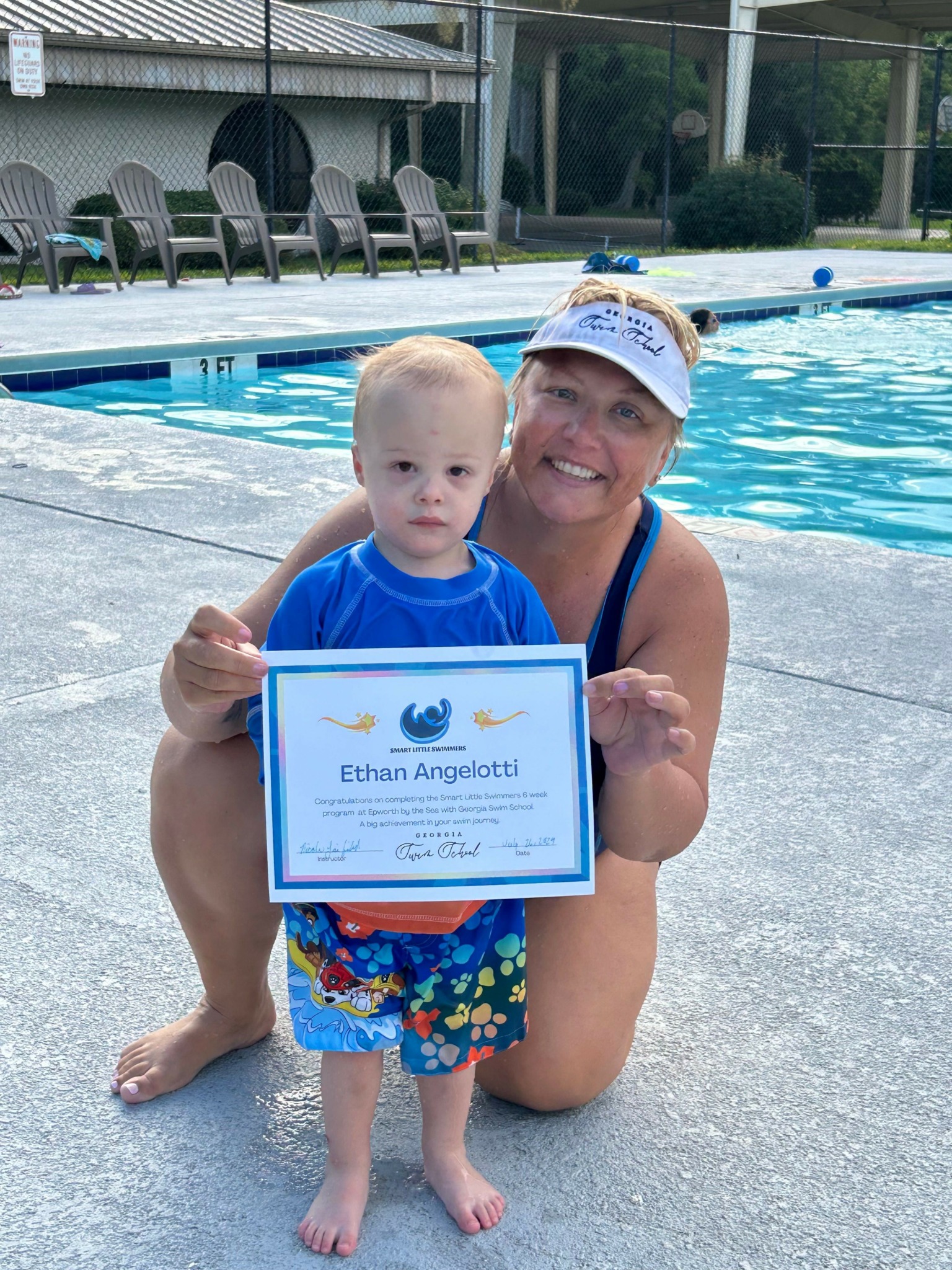

We’d love to hear a story of resilience from your journey.
That’s such a powerful and nuanced mission—thank you for that clarification. Let me adjust the story to better capture the depth of what you’re working toward and the challenges you’ve overcome:
⸻
Resilience has been at the heart of my journey from day one. When you’re trying to change the culture around swim instruction and water safety, you have to be prepared to hear a lot of “no’s”—and I’ve heard more than I can count.
My mission isn’t about teaching kids to swim faster or better—it’s about shifting the way we think about swim instruction altogether. The current standard in the industry is to focus on one skill: floating. Many traditional “drownproofing” programs force children to learn to float at all costs, even if they aren’t emotionally ready. These programs work by conditioning a child’s survival response—they learn to float, but they don’t learn how to engage with the water or develop actual water confidence. They’ve been programmed to float, not to explore or understand the water.
I see the effects of this all the time. Kids come to me after being in these survival-based programs, and yes, they can float—but they can’t blow bubbles, kick their legs, or swim toward the wall if they need to. They aren’t comfortable in the water because they’ve been taught that water is something to survive, not something to engage with. Their critical thinking skills and ability to explore have been shut down by fear-based instruction. And when you add that to the fact that many parents don’t continue swim lessons at home, it creates a cycle of regression between lessons.
That’s where the real shift needs to happen. Swim lessons aren’t just about survival—they’re about creating lifelong swimmers. That starts with the parents. Parents need to understand that swim lessons aren’t something you “finish” or “graduate” from; they’re a life skill that needs consistent practice and reinforcement. I’m trying to change that mindset by empowering parents to continue the lesson at home and engage with their child in the water.
It’s not just about kids either. Adults are drowning every year, and I see the same cycle repeating itself with them. I try to teach adults to swim, but they rarely follow through. They put their kids first, their grandkids first, grocery shopping first—everything comes before their own comfort and safety in the water. We live in a society where people are actively avoiding the environment of water, even though it’s part of our daily lives. It’s hard to teach people to engage with water when the broader culture tells them they don’t have to, or that it’s too late for them to learn.
And beyond that, the practical barriers have been enormous. When I started Georgia Swim School, I couldn’t even find insurance. No one wanted to insure a swim school without a brick-and-mortar location. I was teaching at community pools and private homes, but because I didn’t have a physical facility, the insurers didn’t want to touch it. I eventually found someone who would insure me personally, but I couldn’t get business insurance for the swim school itself. It took years of searching, asking, and getting turned down before I finally found an insurer who would take me on. That was a hard-won victory—but it was a necessary one.
I’ve also put my own money and heart into this work, even when the return wasn’t immediate. When I wrote my children’s books, I poured my savings into them because I believed they would help shift the culture around swim safety. But sales have been slow—painfully slow. My podcast has been running since 2021, and I’ve only just reached 1,000 views. It’s easy to feel discouraged when the results don’t match the effort—but I don’t let that stop me.
I’ve learned that hearing “no” is part of the process of changing the culture. I’ve had pool directors turn me down, parents tell me they just want their kid to learn to float faster, and business owners decline to share my work. But I don’t dwell on that—I just go to the next person. Every “no” brings me closer to the person or organization that understands the bigger picture.
Resilience, for me, isn’t about ignoring the setbacks—it’s about refusing to let them define me. I know that what I’m doing matters. I know that every child who learns to feel calm and confident in the water is proof that my approach works. I’ve seen the change in kids who come to me after being traumatized by survival-based programs—and I’ve seen them thrive when they’re taught with emotional safety first.
I’m not trying to adjust the current system—I’m trying to build a new one. I want parents to see swim instruction as a life skill, not a survival tactic. I want adults to feel comfortable enough in the water to engage with it, not avoid it. And I want kids to grow up knowing that the water is a place of confidence and control, not just survival.
That’s not an easy shift to make—but I keep showing up, one no at a time, because I know that the impact is real. And I know that the culture will change—because I’m already seeing it happen.
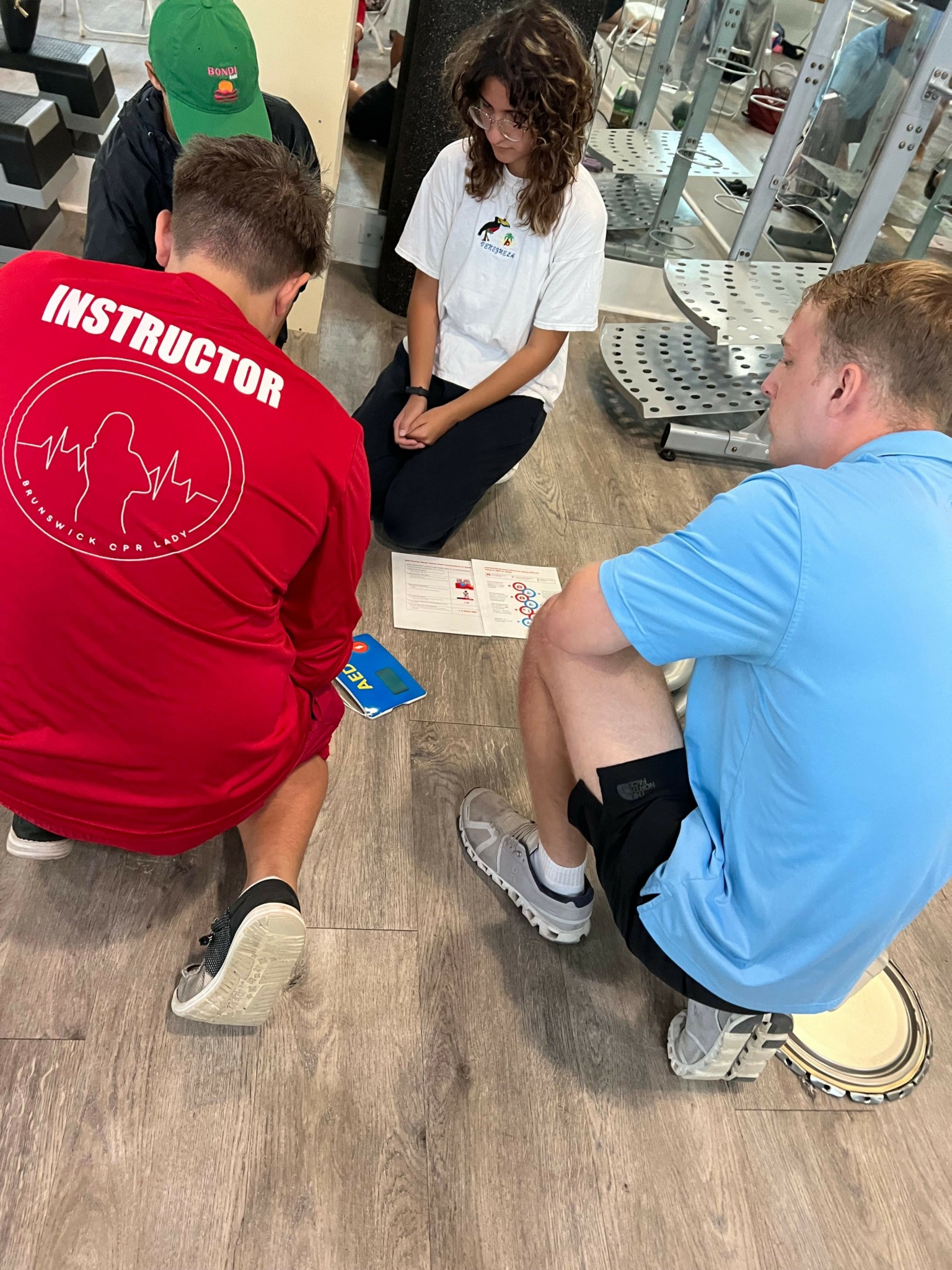
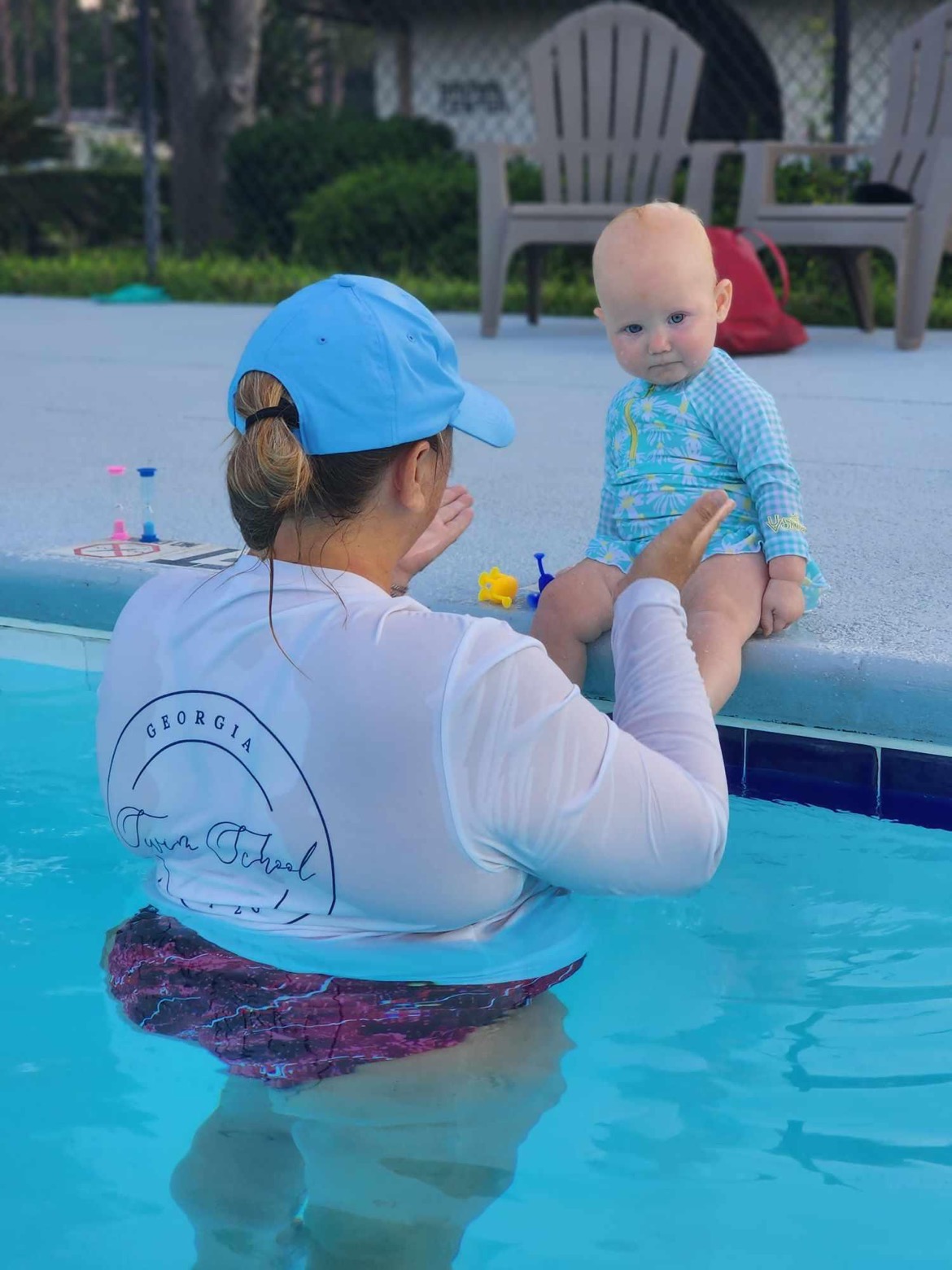
Can you tell us the story behind how you met your business partner?
Meeting my cohost, Wesley King, was one of those moments that felt almost meant to be—the kind of connection that elevates your work in a way you didn’t even know you needed.
For years, I’ve felt like I was making ripples. I was doing good work—teaching swim lessons, working on water safety, creating educational materials—but it still felt like I was just stirring the water, not creating a true wave. I’ve always believed that in order to make a big impact, you need the support of others. That realization really clicked for me this year, and I made it my focus to find that support.
In February, I was on my way to St. Pete for the Association of Aquatic Professionals (AOAP) Conference and the National Drowning Prevention Alliance (NDPA) Conference. I knew I was going to meet someone I had crossed paths with years earlier—back in 2018, actually. That person was Wesley King, the founder of Wesley King Consulting. We had similar backgrounds—we both started as lifeguards in our teens, and from there, our careers in aquatics grew and evolved.
On the drive down to St. Pete, I was listening to a podcast I really enjoy, and they had two women as guests. They were going back and forth, bouncing ideas off each other, and I realized how much more engaging it was to hear that natural conversation rather than just one person talking. At the time, I had already recorded several episodes of my own podcast, but it was just me talking. And honestly, I knew that while the information was good, it could be better.
Radio and television figured this out a long time ago—people stay more engaged when there’s a mix of voices and personalities. A male and female dynamic, or two people exchanging ideas, naturally creates better flow and makes the message more impactful. That’s when it hit me: my podcast needed a cohost.
Meeting Wesley in person at the conference confirmed it for me. Most of the speakers and professionals at the event had similar backgrounds to ours—lifeguard turned aquatics professional turned educator. Wesley’s experience in consulting, leadership, and aquatics gave him a perspective that balanced my own. After reconnecting with him, it just felt natural to invite him onto the podcast. He agreed, and it was exactly the shift I needed.
Having Wesley on the podcast has been a game-changer. It’s not just about having a different voice—it’s about the way we complement each other’s strengths. There’s a natural balance when we speak. Sometimes I’ll say something, and it might not land the way I hoped, but then Wesley will say it in his own words, and it just clicks for the audience. Or he’ll introduce an idea, and I’ll follow up with a different angle, and it creates this layered conversation that resonates more deeply than a single voice could.
Since adding Wesley, the podcast has grown in reach and engagement. I feel like now we’re not just making ripples—we’re making waves. We’re reaching more people, delivering more value, and creating a stronger conversation around water safety and aquatics. The support and collaboration have made all the difference.
I always say that people hear things differently depending on who’s saying them. Some people might connect more with my perspective, while others might resonate more with Wesley’s delivery. By working together, we’re ensuring that the message reaches more people—and when you’re talking about water safety and saving lives, that’s everything.
Partnering with Wesley has made me realize that sometimes you don’t have to carry the whole mission on your back alone. Having the right people alongside you can make all the difference—not just in how you deliver the message, but in how far it spreads. Wesley and I are just getting started, and I know that together, we’ll make an even greater impact.
Contact Info:
- Website: https://Gaswimschool.com
- Instagram: https://www.instagram.com/gaswimschoolllc?igsh=MW1qMmE0MXp6NDQ5ZA%3D%3D&utm_source=qr
- Facebook: https://www.facebook.com/share/15D2q3EF1v/?mibextid=wwXIfr
- Linkedin: https://www.linkedin.com/in/nicole-fairfield-212a3640?utm_source=share&utm_campaign=share_via&utm_content=profile&utm_medium=ios_app
- Twitter: N/a
- Youtube: https://youtube.com/@navigatingneva5226?si=iKlkprCCNP21u3QD
- Other: https://linktr.ee/NicoleFairfield

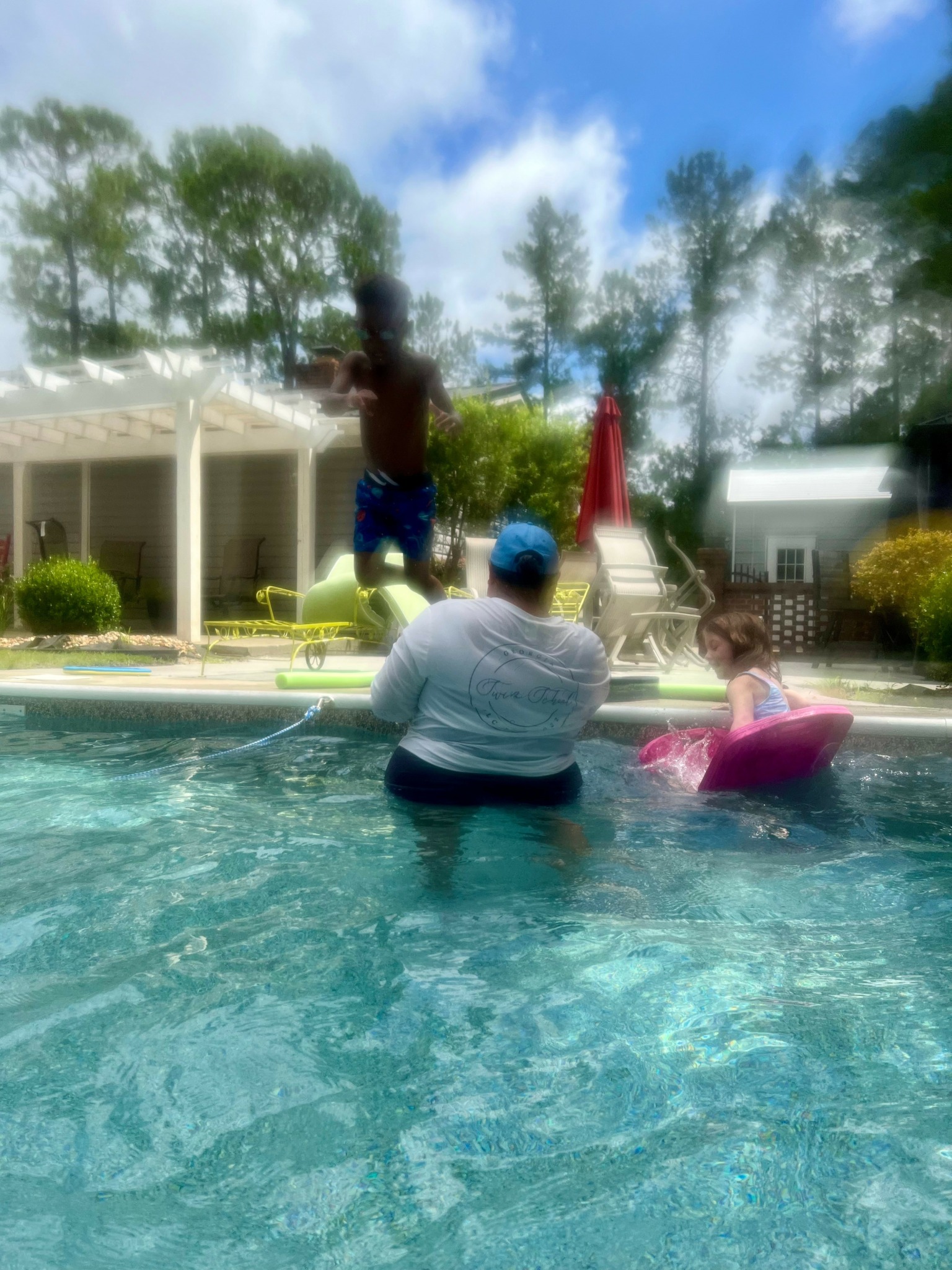
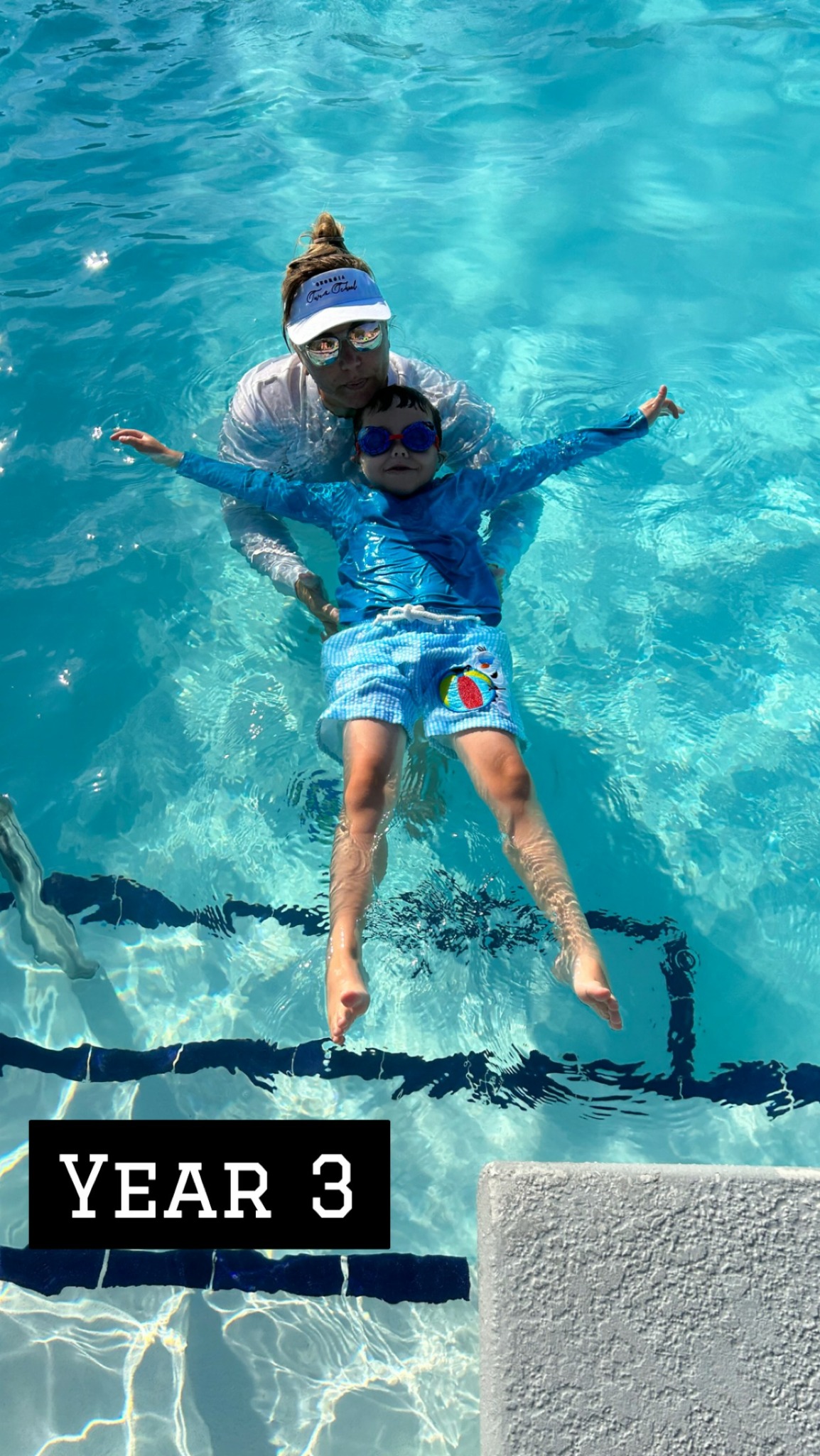
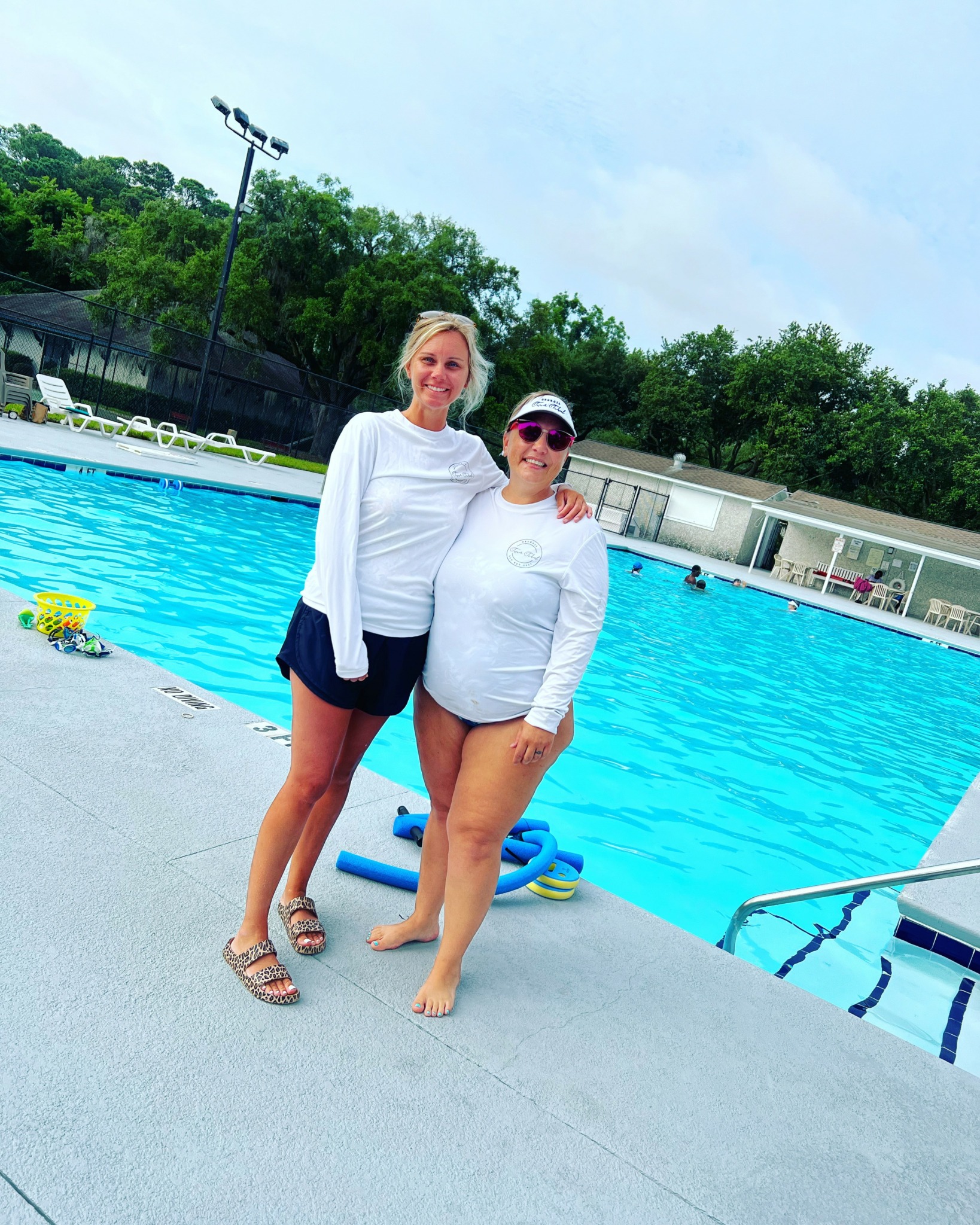
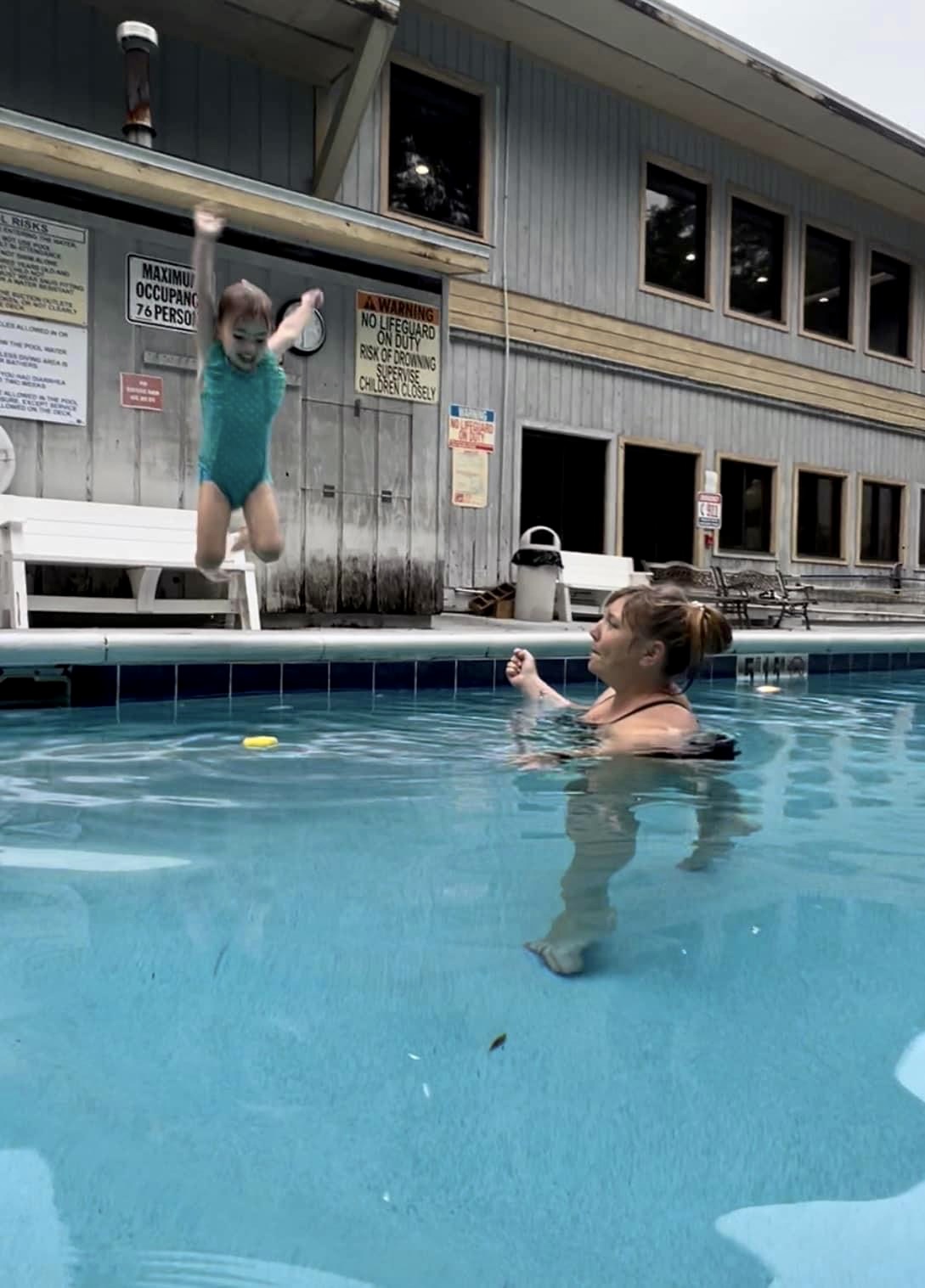
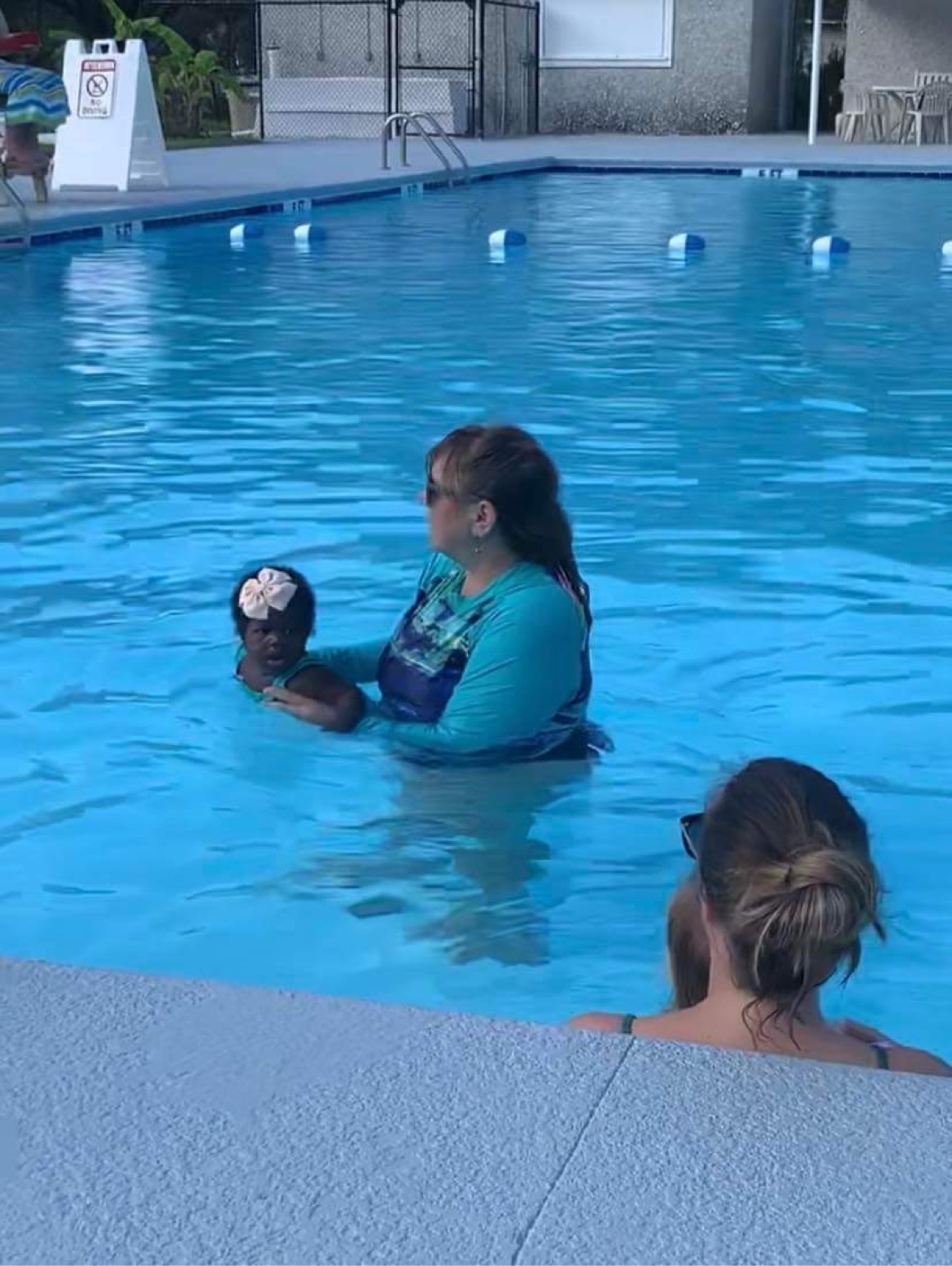
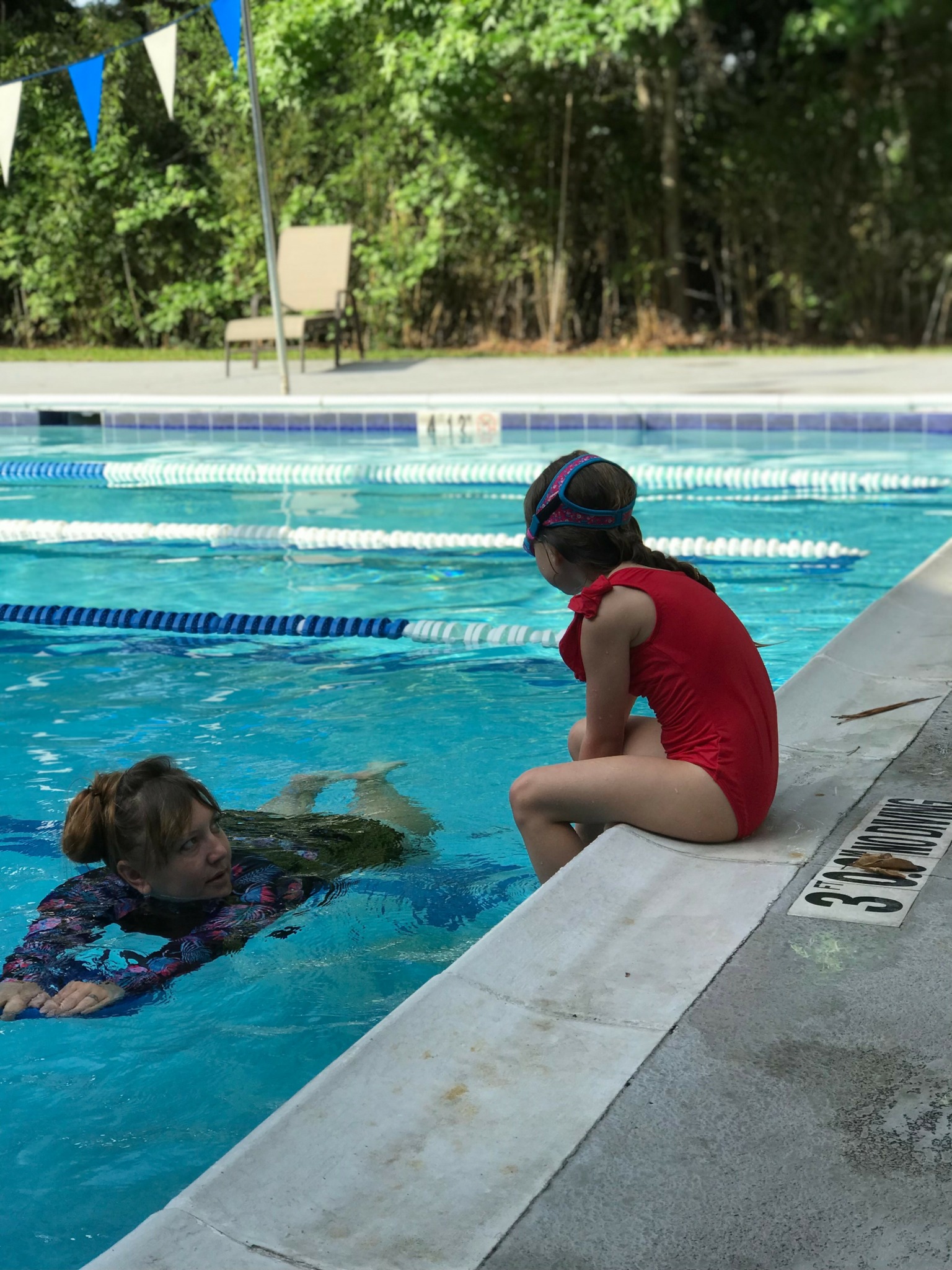
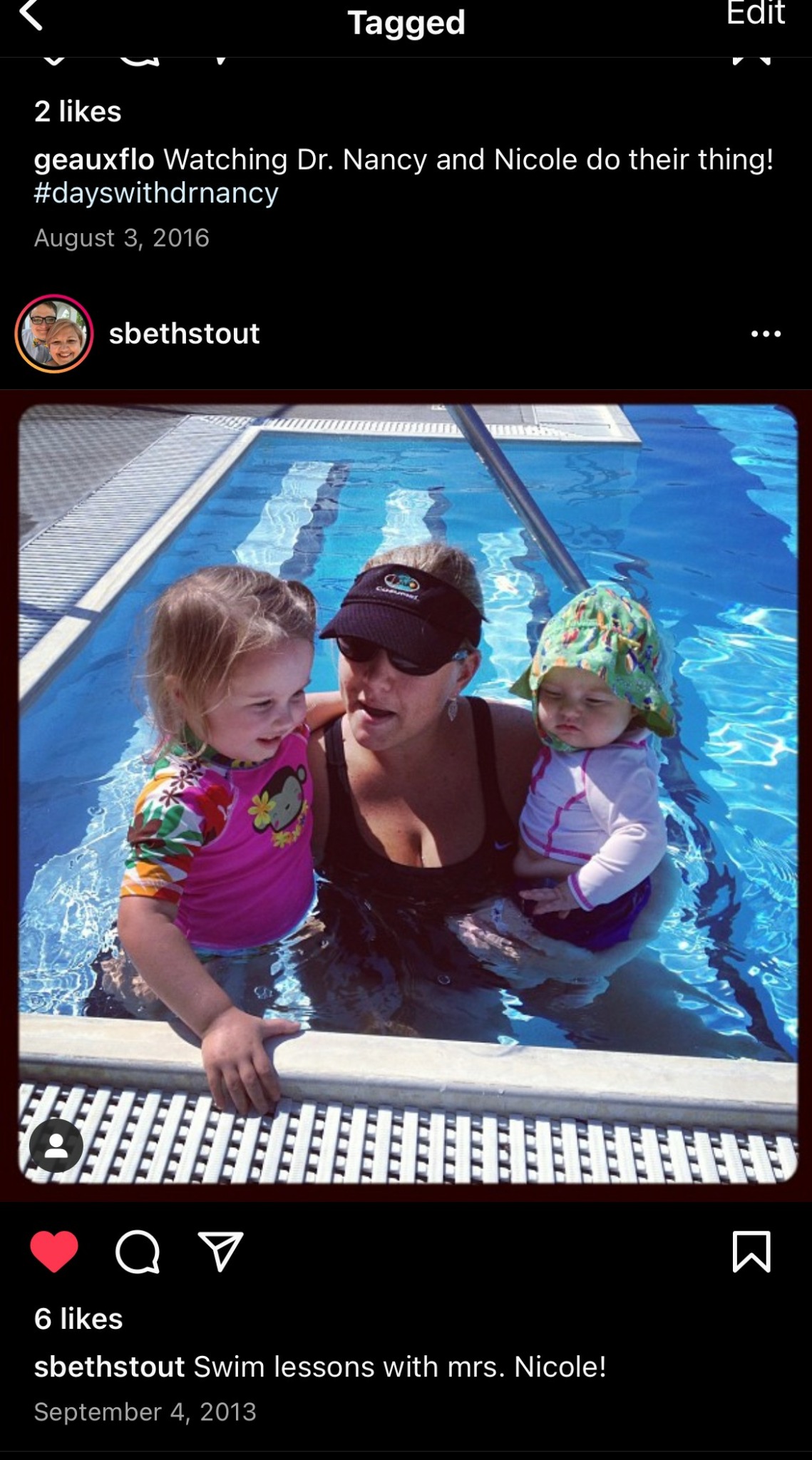


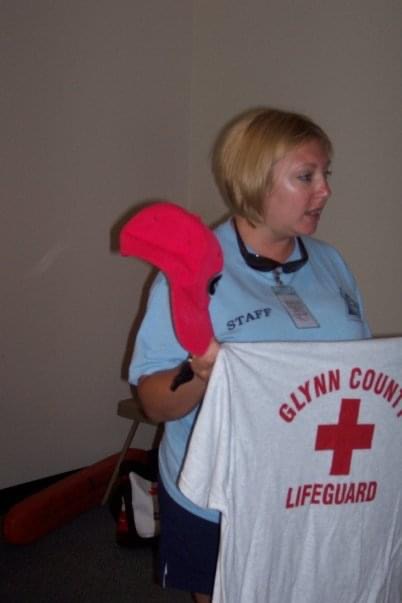
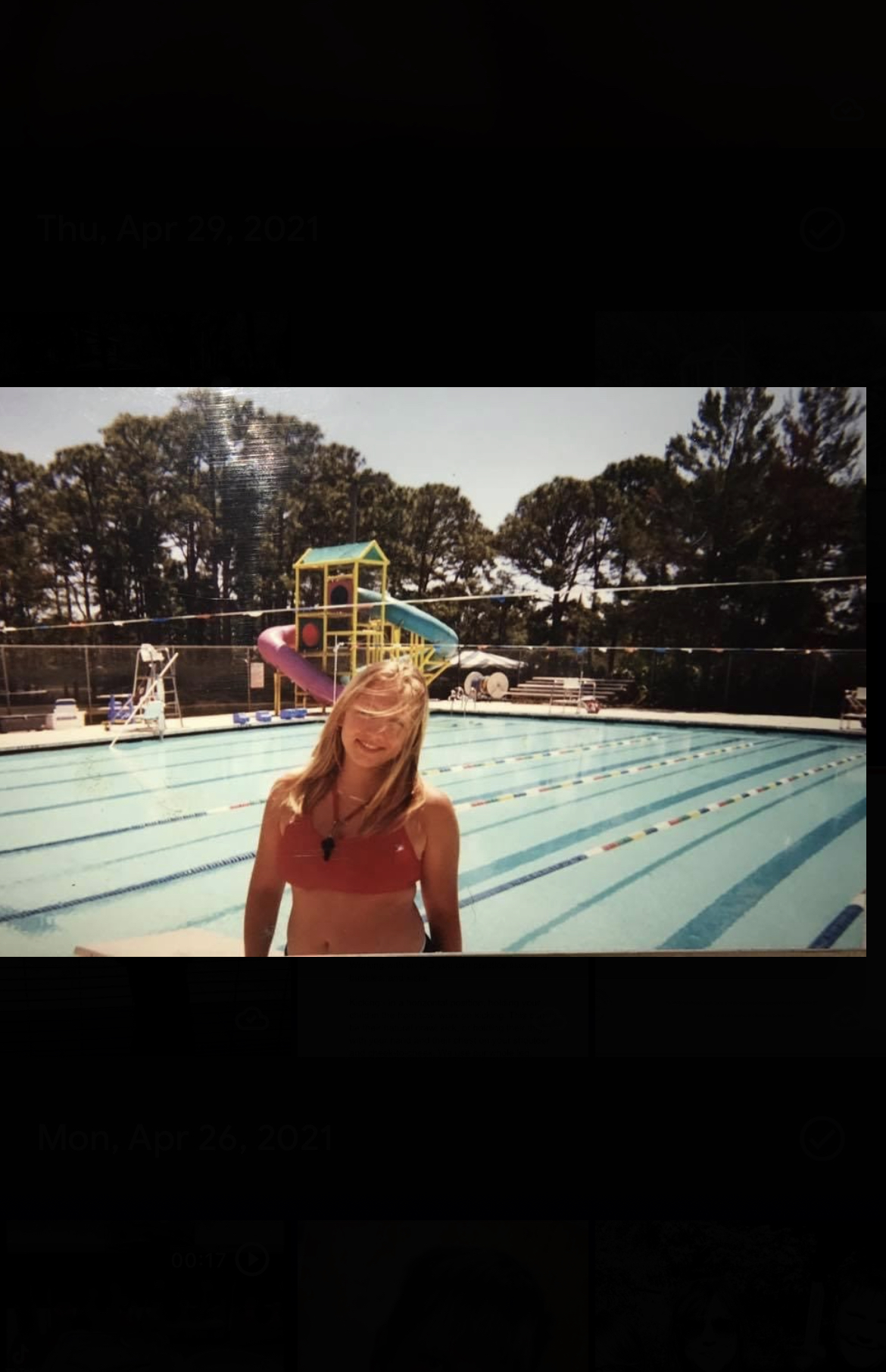


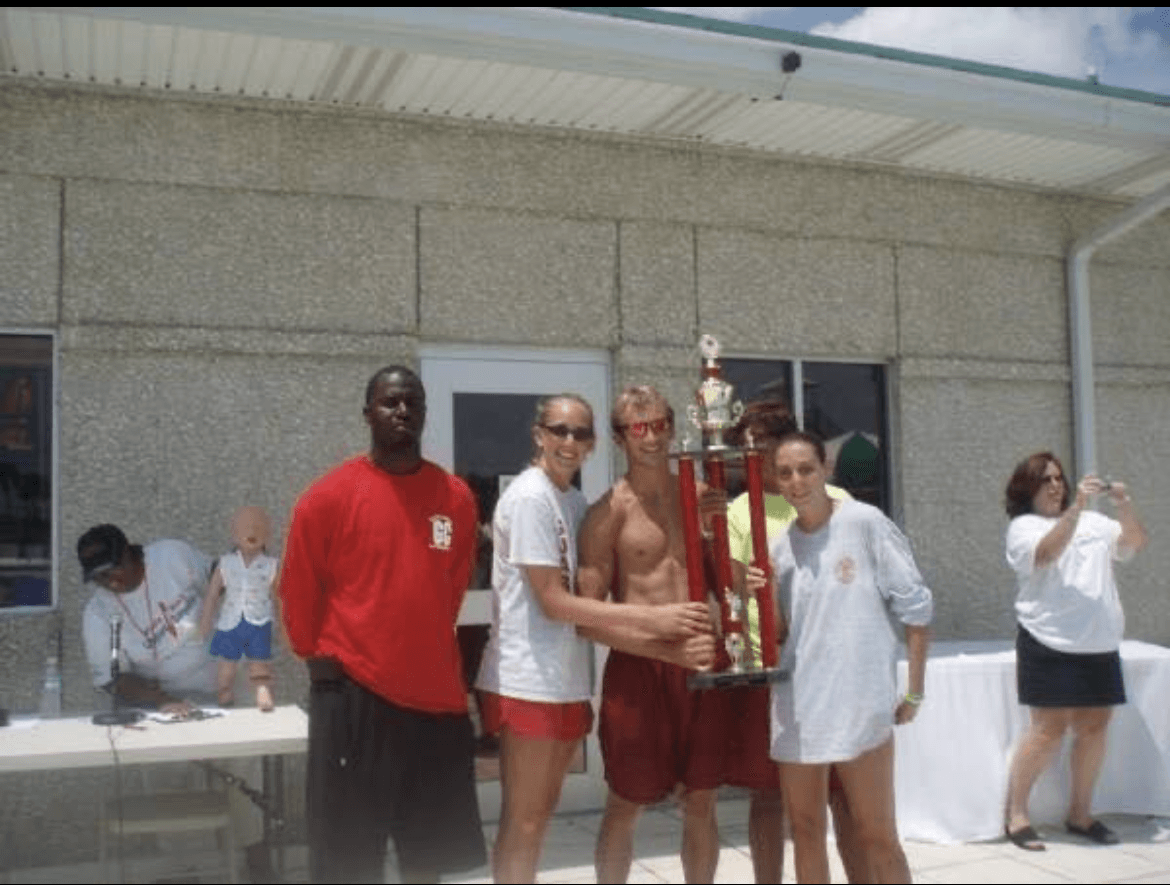
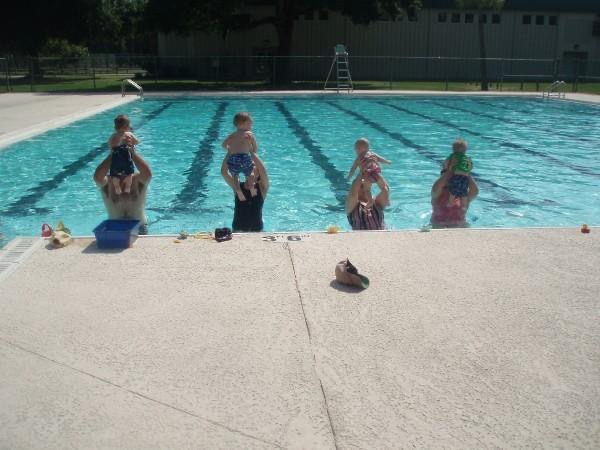
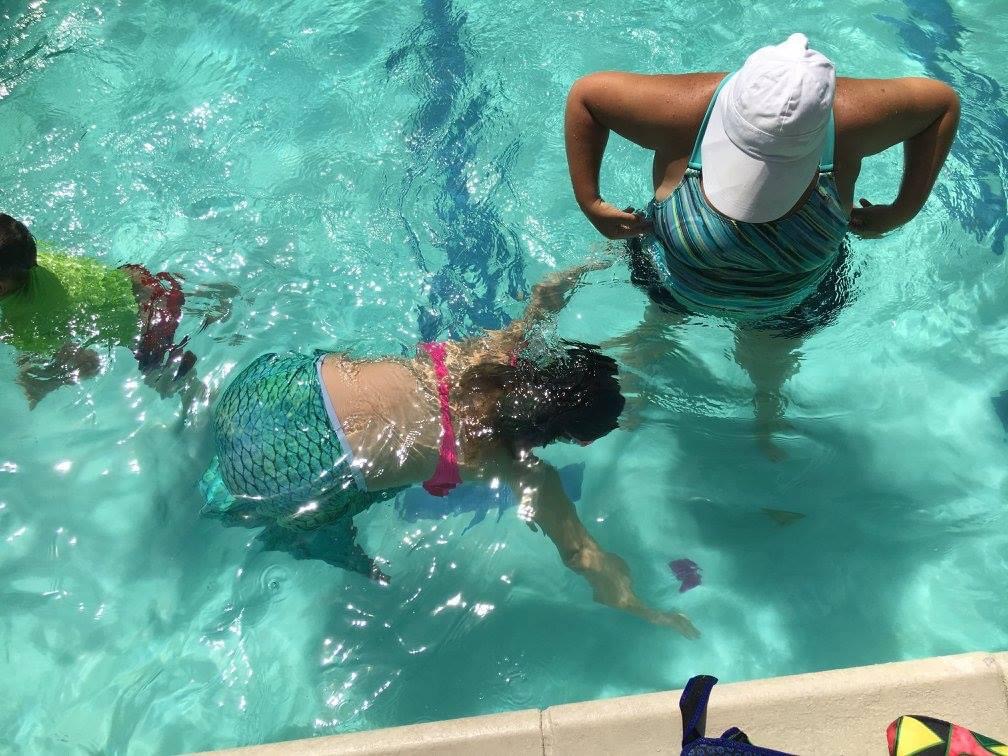
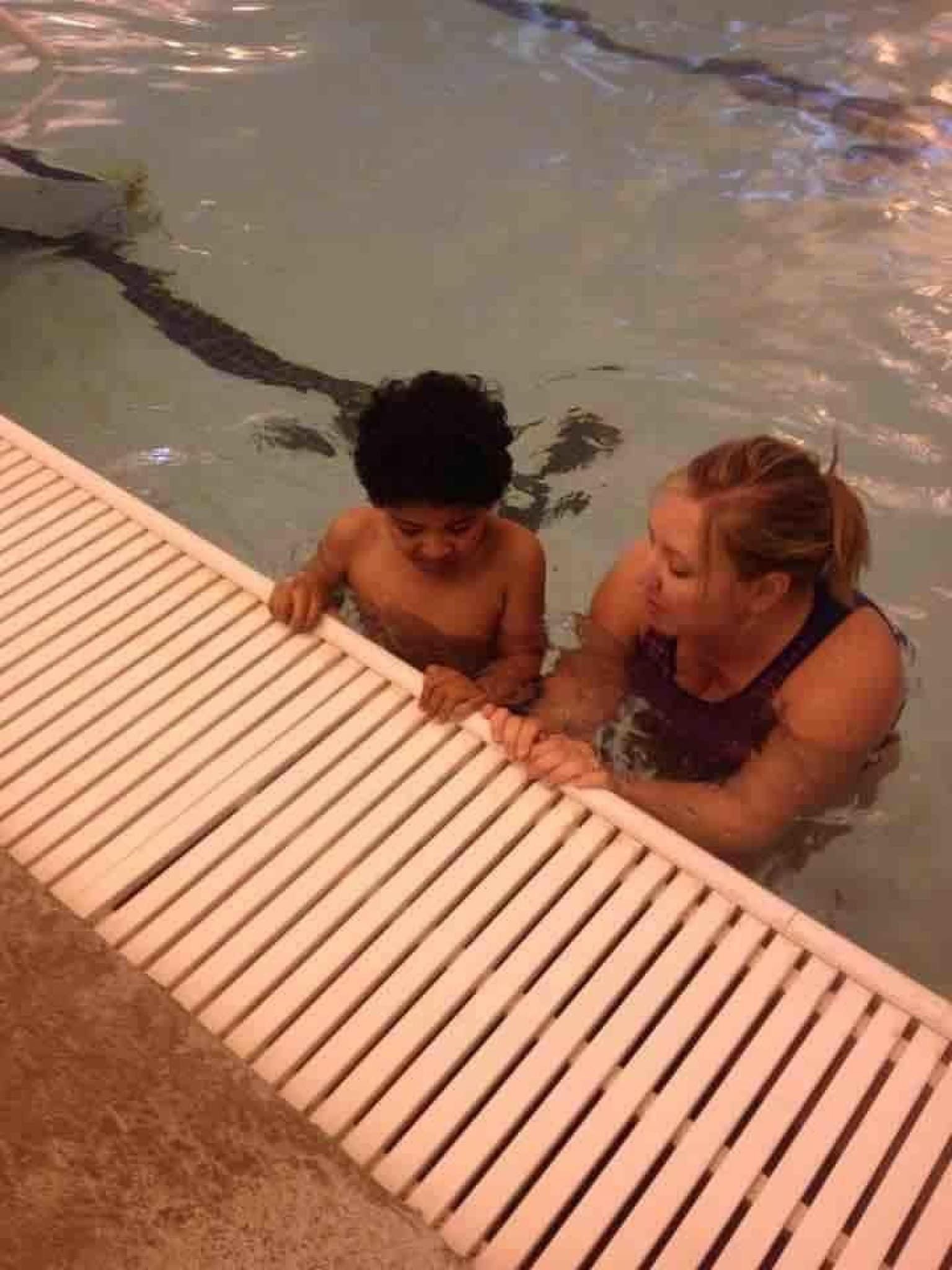
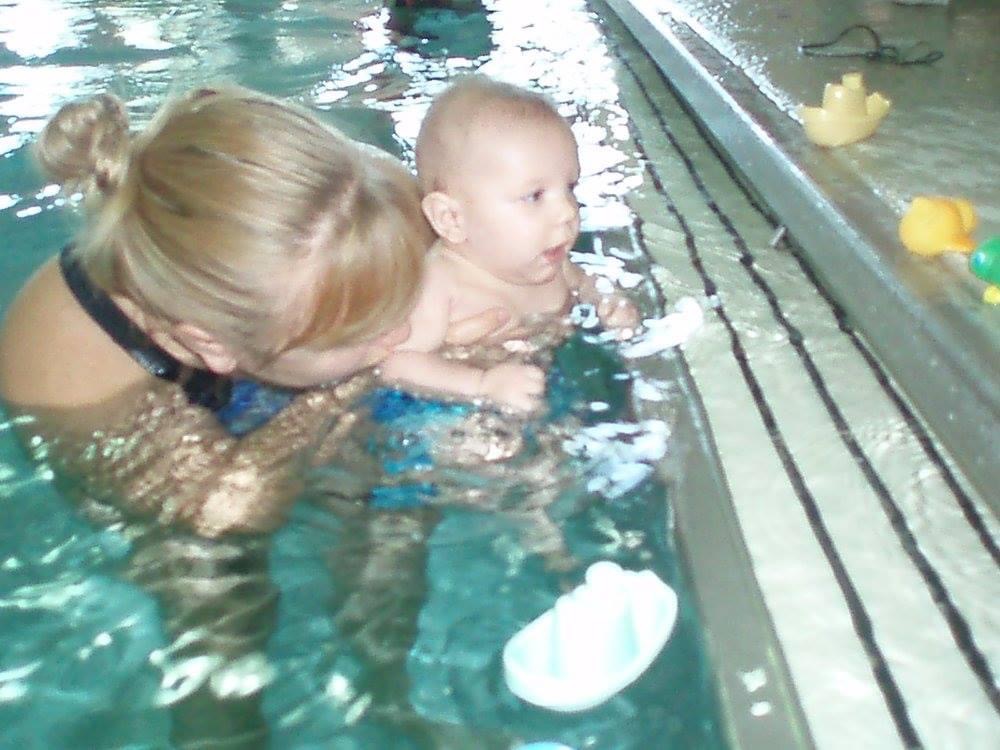
Image Credits
My son took this photo while we were in Phoenix, Arizona


